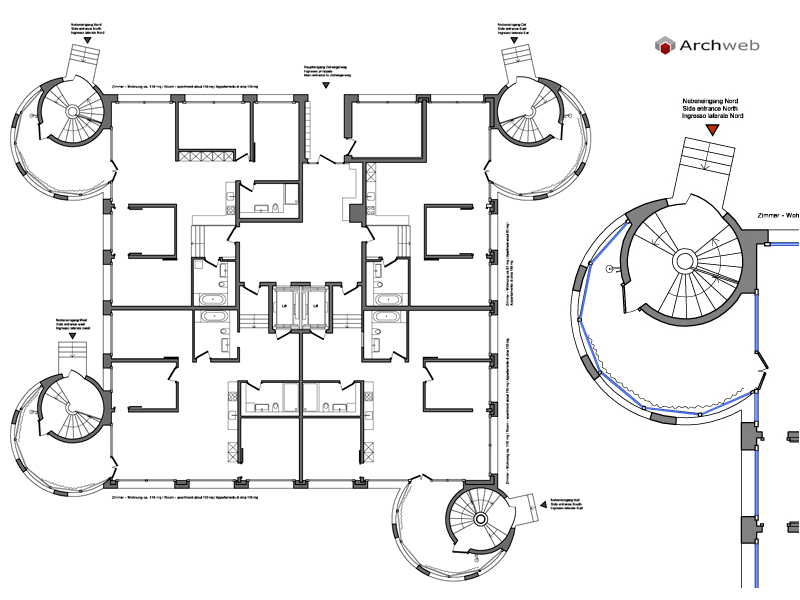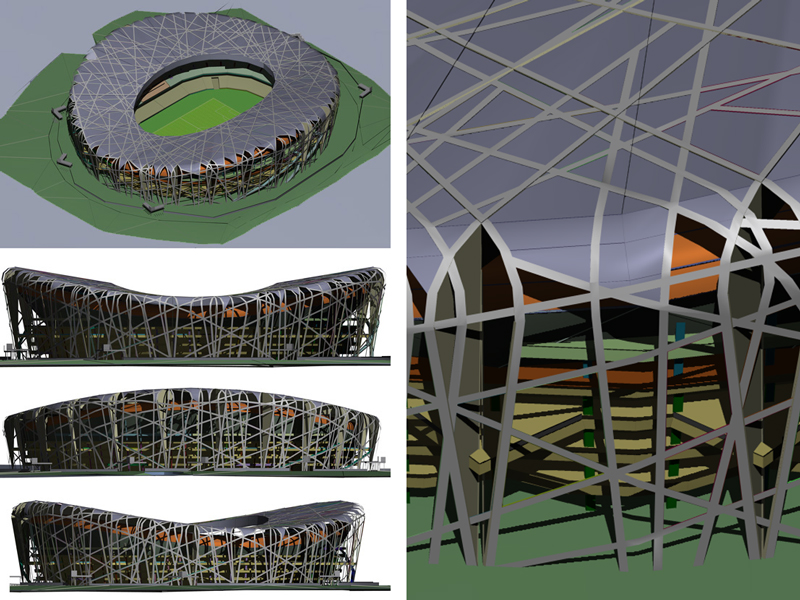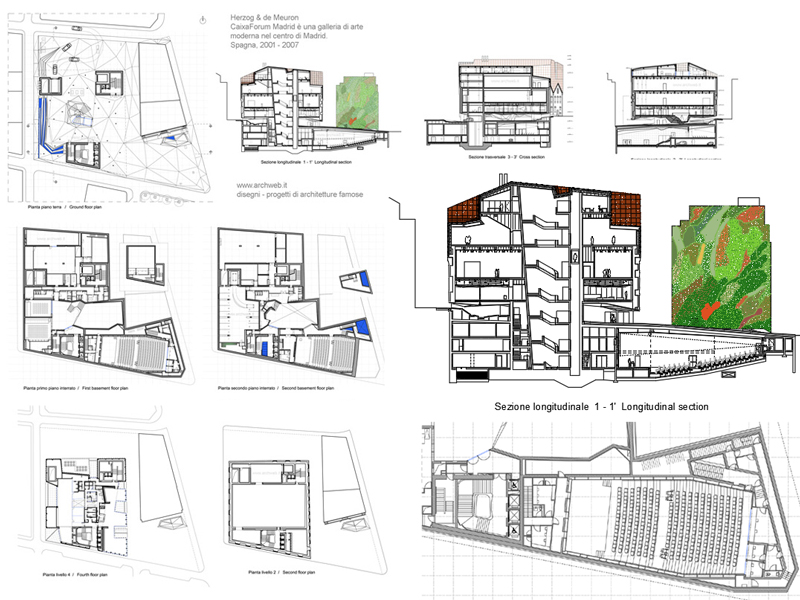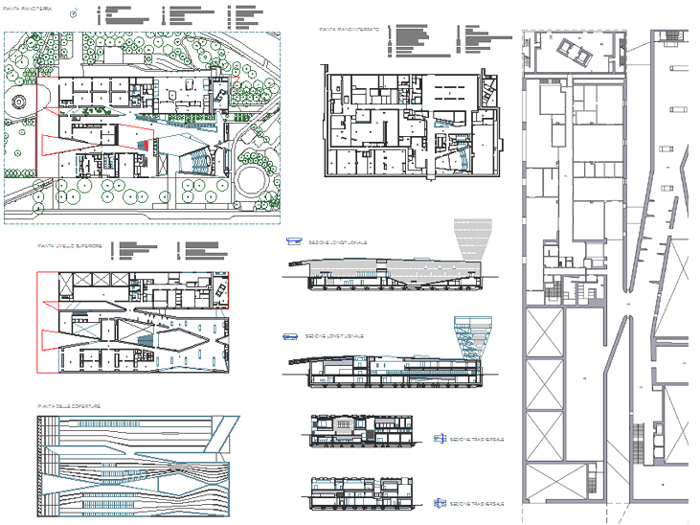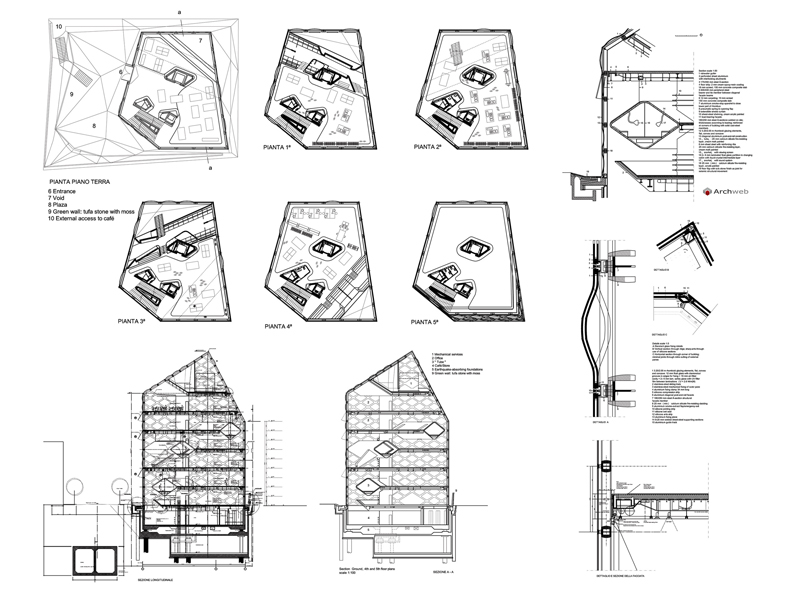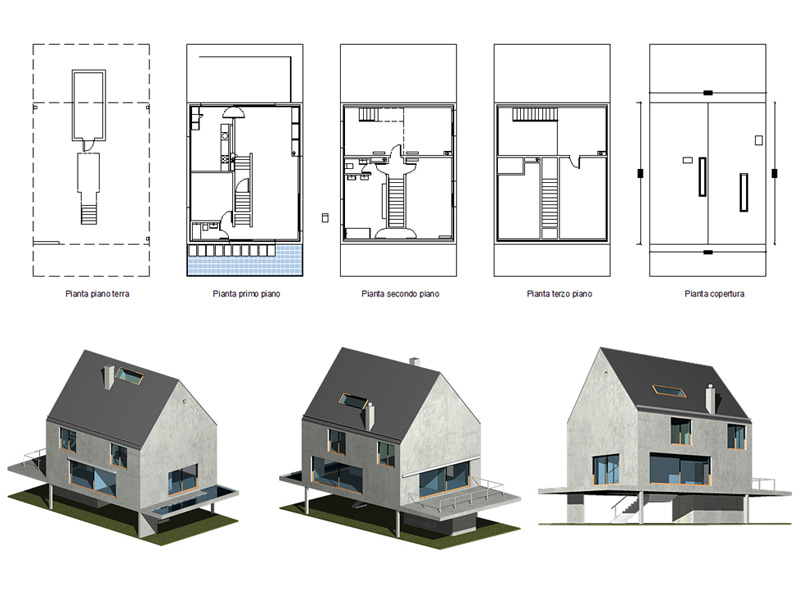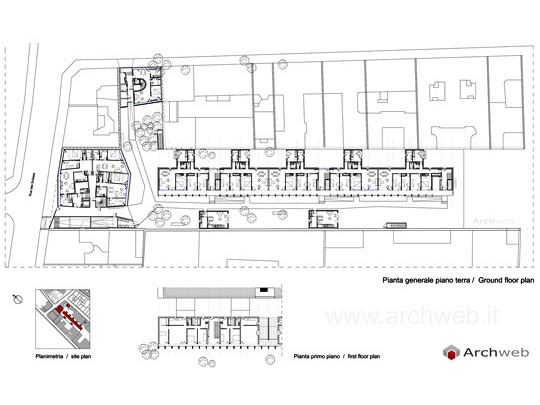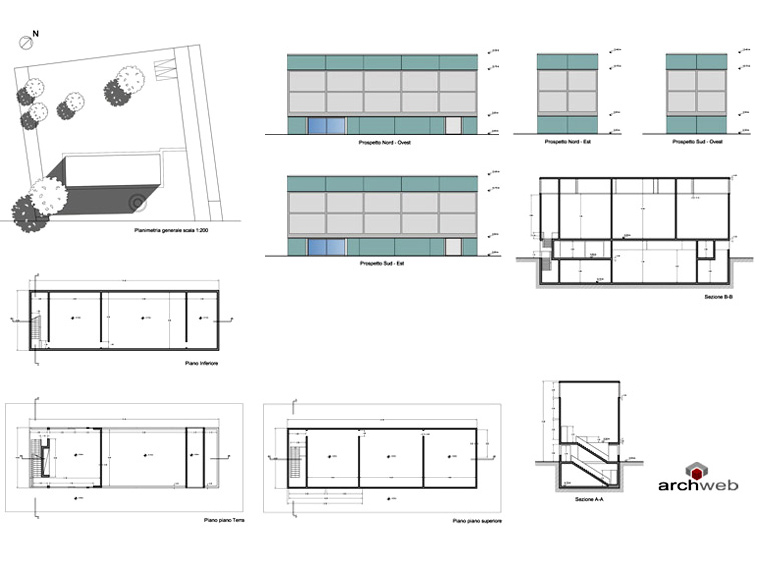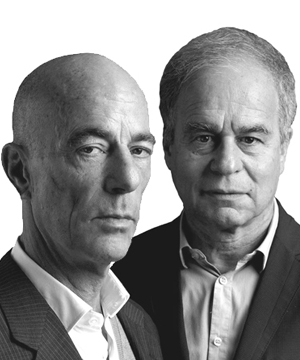
Herzog & de Meuron
Swiss architects with a studio founded in Basel in 1978
Herzog & de Meuron is an architectural firm founded in Basel in 1978 by the Swiss architects Jacques Herzog (Basel, April 19, 1950) and Pierre de Meuron (Basel, May 8, 1950), winners of the Pritzker Prize in 2001.
The two architects graduated in 1975 from ETH Zurich and Harvard University. The first works are inspired by the minimalism of the artist Donald Judd. Central theme in all their projects is that of the external envelope of the buildings.
Their fame is mainly due to the conversion of the Bankside power station in London into the Tate Modern. In 2001 the two won the Pritzker Prize. In 2002 they designed the Allianz Arena with a very large underground car park, the largest in Europe, the covering of the facades is made of recyclable material. The original studio is located in Basel, today a destination for architectural travel due to the density of buildings, including the Rehabilitation Center (2002), the Zentralstellwerk – center for the sorting of railway traffic (1999), the Schaulager – center for storage of art (2003), Sportanlage Pfaffenholz – stadium (1992-93). He designs for the Slow Food association their pavilion housed in the Biodiversity Square of Expo Milano 2015.
Wikipedia source: https://en.wikipedia.org/wiki/Herzog_%26_de_Meuron
Works and projects
How the download works?
To download files from Archweb.com there are 4 types of downloads, identified by 4 different colors. Discover the subscriptions
Free
for all
Free
for Archweb users
Subscription
for Premium users
Single purchase
pay 1 and download 1




























































